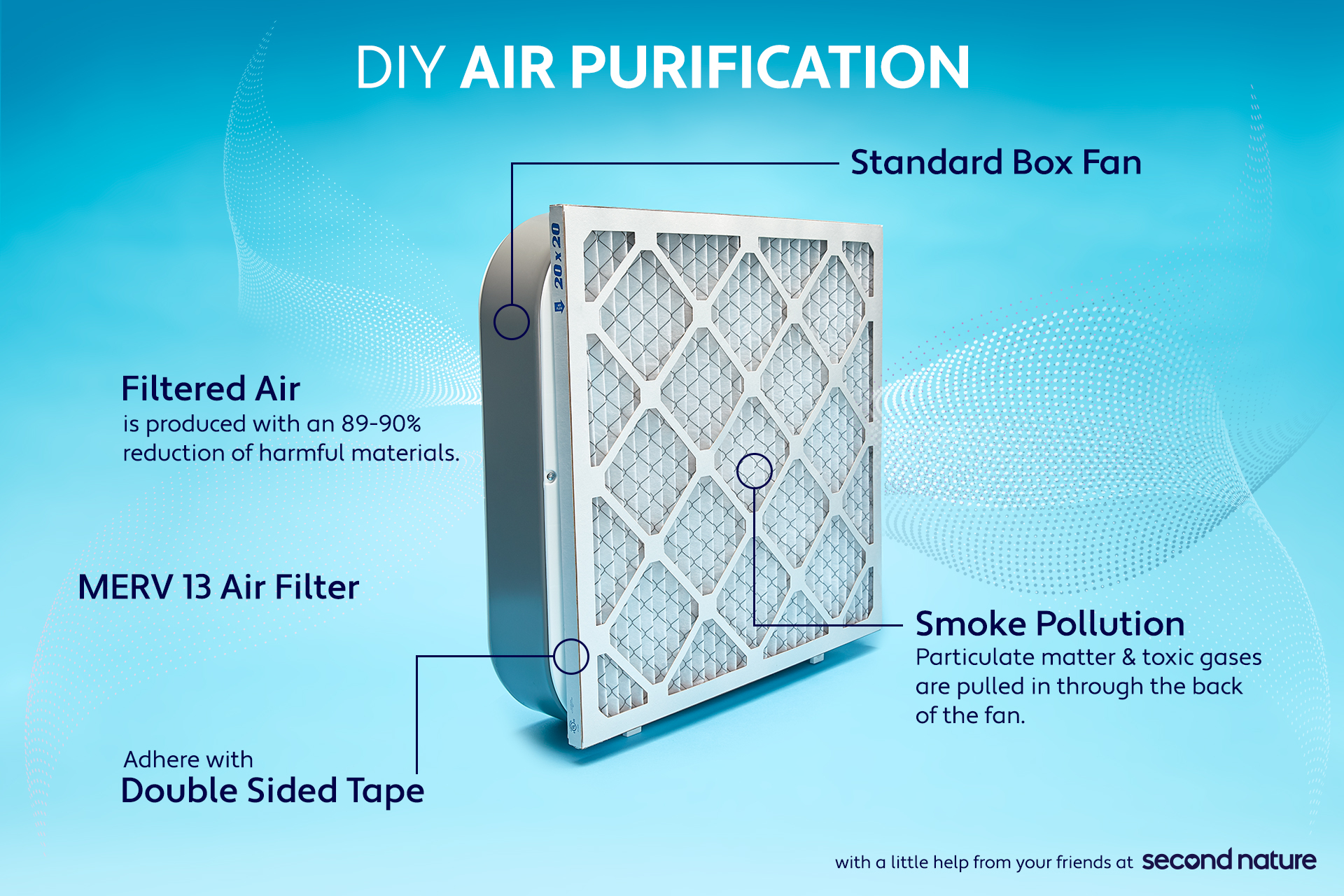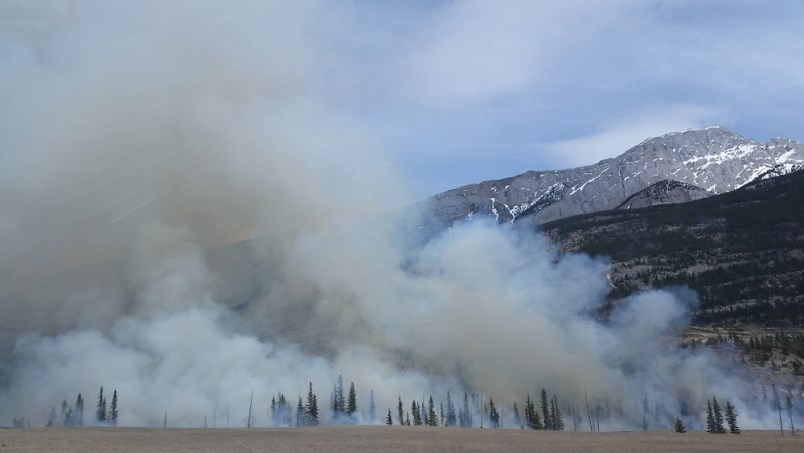Smoke pollution from wildfires can be a dangerous air pollutant.
The recent wildfires, as is true with any wildfire, have been frightening and dangerous. Its destructive nature is disrupting entire cities, and in addition to the primary concern of the actual blaze, these fires are also causing the air quality to reach hazardous levels. This isn’t just near the wildfires either. Smoke and carbon monoxide from the fires have made impacts as far away as Pennsylvania in some cases. Poor air quality isn’t the most obvious danger that comes with wildfire, but it can certainly be detrimental to your health if you are not prepared to deal with it.
Smoke pollution from wildfires has traversed a shockingly large portion of the country, making preparedness a relevant topic for most Americans. We’d like to provide some critical tips for dealing with such densely polluted air, and we hope you will continue to take the air quality situation seriously and stay safe.
Pay Attention to Air Quality Ratings
The Air Quality Index, or AQI, is a rating scale introduced by the EPA (and likely used by your local news channel). The AQI ranks air quality on a six part scale. The ratings are as follows:
1. Good
- - Virtually no risk from pollutants.
2. Moderate
- - Pollutants exist within the air but are not a major concern for anyone who isn’t unusually sensitive.
3. Unhealthy for sensitive groups
- - People with respiratory conditions and other causes of sensitivity to pollutants should be aware of the potential for irritation, but the general public should be fine
4. Unhealthy
- - Health concerns begin to exist for all members of the population
5. Very unhealthy
- - Dangerous conditions for all members of the population.
6. Hazardous
- - Serious danger exists for everyone. Warnings will be in effect.
Air quality ratings in the heart of the wildfire-affected areas have improved somewhat, but are still in the unhealthy range for a large portion of the extreme northwest. AQI is rated moderate in many regions downwind of these fires, including places as far as 1,500 miles away. Almost anywhere in North America can be affected by a serious wildfire season, so it’s important to be prepared no matter where you are.
Use Higher Quality Air Filters
One of the major pollutants produced by wildfires that is so threatening to air quality is smoke. Smoke particles are incredibly small, measuring at a mere 0.3 microns, which is 1/10 the size of a red blood cell. These particles are small enough to slip past lower MERV rated filters and negatively affect your home’s indoor air quality. Having an air filter that’s designed to deal with particles as small as smoke will help to keep that danger at bay. We recommend a MERV 13 rated filter or higher to deal with smoke. Check out our blog post to learn more about what MERV means.
Make a DIY Air Purifier
In addition to using MERV 13 air filters in your home's vents or HVAC system, you can protect yourself even more with a DIY air purifier. Simply attach a MERV 13 air filter to a standard box fan and you've got your own air purifier! Place this in the rooms you use the most during the day and bring it into your bedroom at night while you sleep.

The use of a smoke-filtering air filter is proven to decrease smoke pollution in your home by as much as 80–90%. This fancy graph details the exact decrease in indoor pollution with use. There’s no denying the effectiveness.
.jpeg)
Stay Inside if You're Advised
If there is enough smoke pollution in the air to result in a dangerous air quality rating, it might be best to stay inside. Don’t risk exposing yourself to smoky air if you can. This is the most effective way to counter the risks associated with poor outdoor air quality. If you absolutely need to go outside though, acquire the proper face protection. Flimsy dust masks are insufficient as they won’t trap particles as small as smoke. A respirator is your best option. An affordable example is the N-95 Particular Respirator. Although not perfect, it will provide considerable help. If you want total protection from smoke pollution, you may want to consider an upgrade, like an escape respirator.
Seal Drafts
This is a good tip anyway, as it can save you money on your heating and cooling bill. When the AQI indicates dangerous outdoor air, it becomes essential to your health. As discussed, smoke particles are tiny and will get inside your home through the smallest of entrances. Improperly sealed doors and windows that allow small amounts of air to pass through will allow smoke to seep into your home. Putting in a little bit of work to ensure your entrances are correctly sealed will help you minimize smoke and pollutants that can enter your home.
If wildfires or the dangerous pollutants they emit aren’t currently affecting your area, it’s still important to be prepared for the possibility that they could. We should also keep those that are affected in our thoughts as they deal with this dangerous situation. Not everybody in the affected areas has access to high-quality air filters or sufficient respirators to wear, and we should all extend some help if we have the opportunity to do so.



